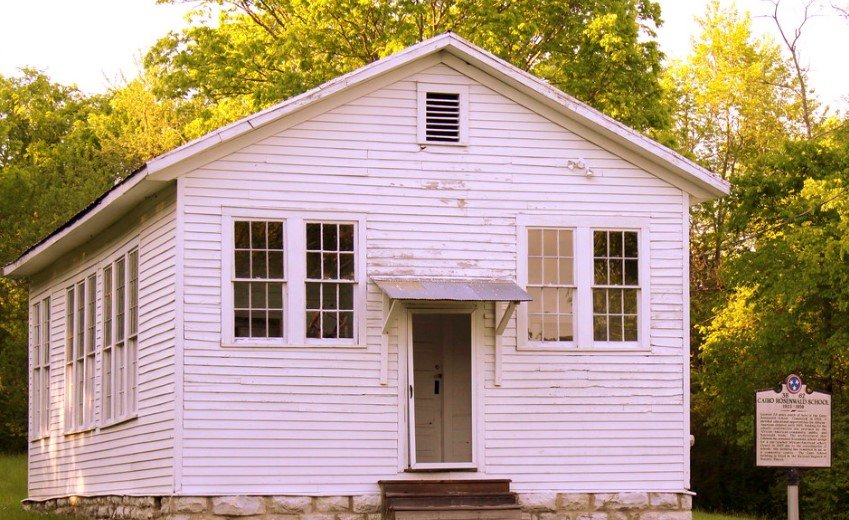In the quiet corners of America’s rural South, a transformative movement unfolded over a century ago. It was a movement that shaped the educational and economic future of an entire generation of African American families. The catalyst? The Rosenwald Schools—nearly 5,000 modest one-, two-, and three-teacher schoolhouses built between 1917 and 1932.
The Visionary Partnership
Booker T. Washington, a prominent African American thought leader and educator, joined forces with Julius Rosenwald, the German-Jewish immigrant who led Sears, Roebuck & Company. Together, they ignited a revolution in American education. These schools, often located in rural areas, exclusively served over 700,000 Black children during their active years. By 1928, they constituted more than one in five Black schools across the South.

A Journey to the Remaining Schools
Photographer and author Andrew Feiler embarked on a remarkable journey to document the remaining Rosenwald schools. His book, A Better Life for Their Children, pairs present-day images of these schools with narratives from former students, teachers, and community members. Feiler’s lens captures the essence of these historic structures, which continue to resonate with the spirit of hope and progress.
Preserving a Legacy
While only about 500 of these schools survive today, their legacy endures. Some have become community centers, while others await restoration. Former students, like Newell Quinton, remember their boyhood schools with fondness. For Quinton, the Sharptown Colored School in Maryland was an extended family—a place where he thrived. Now, he works tirelessly to restore the weathered building and transform it into a community center, honoring the vision of Rosenwald and Washington.
